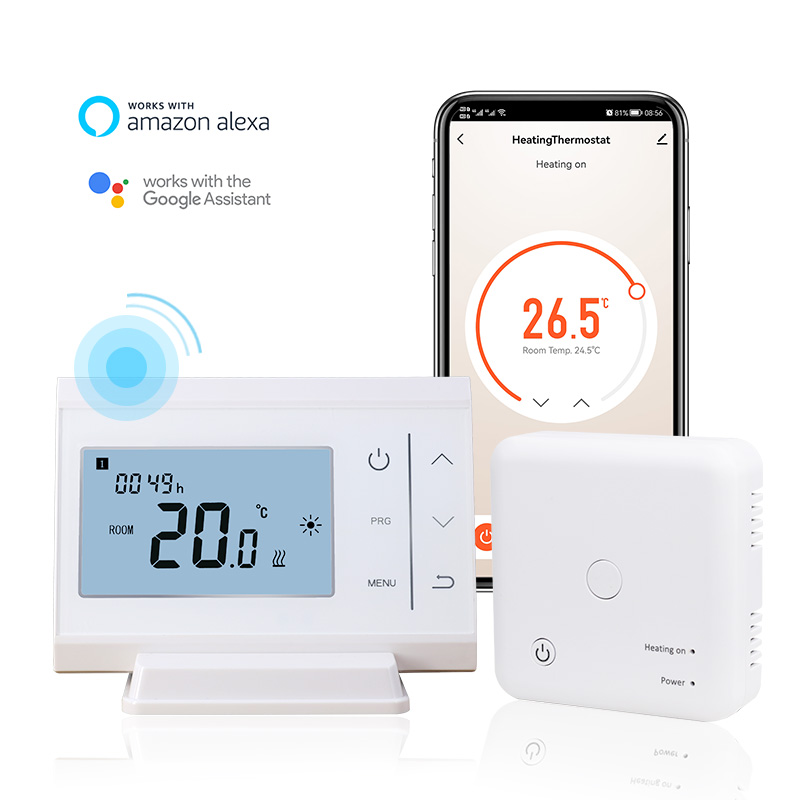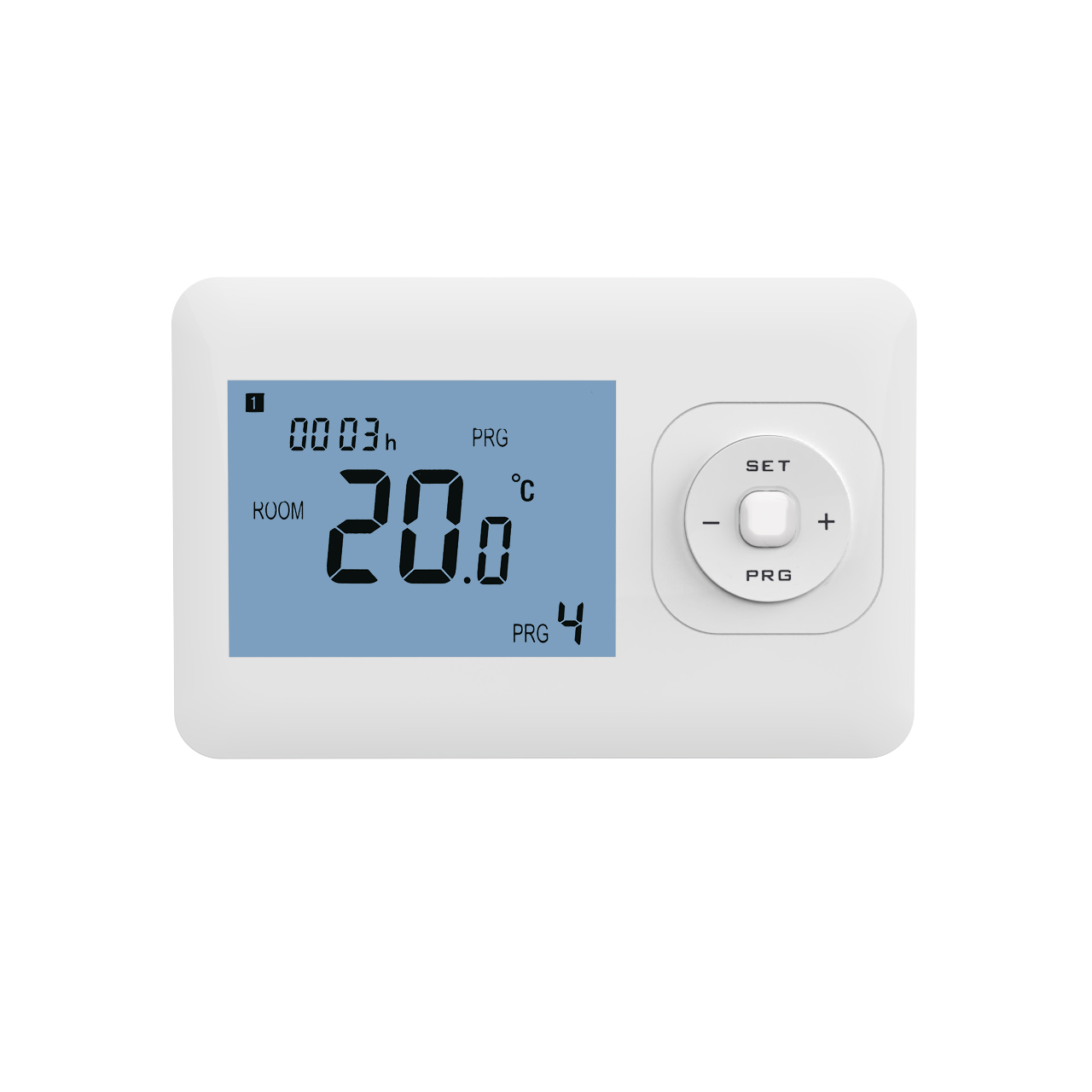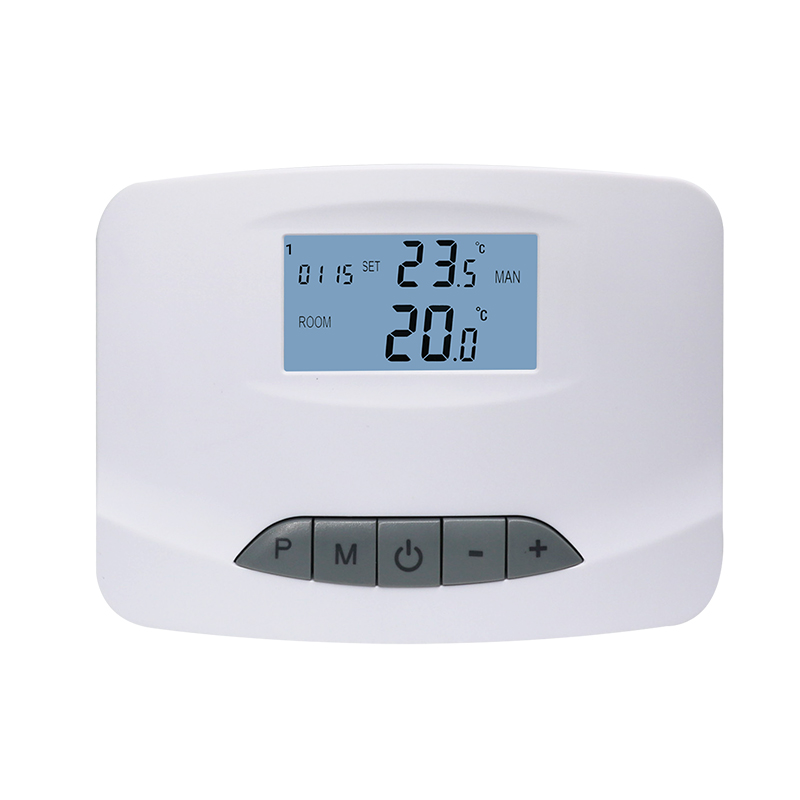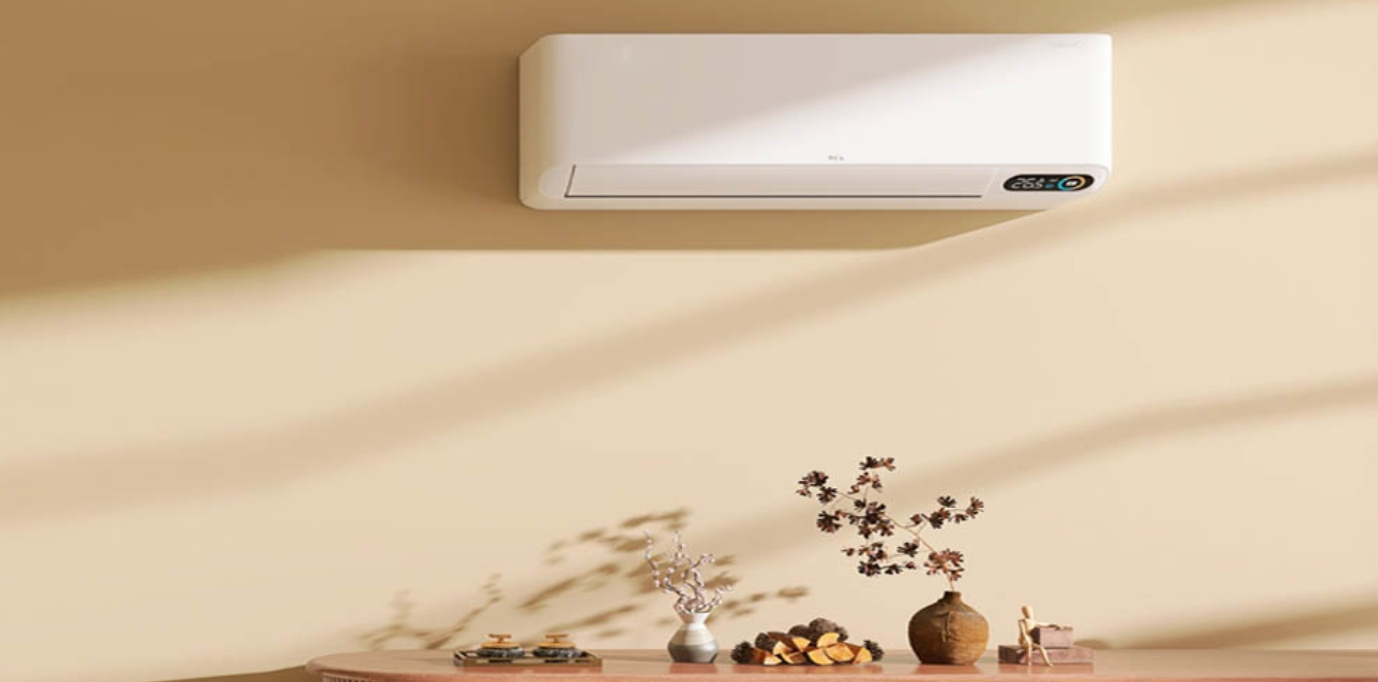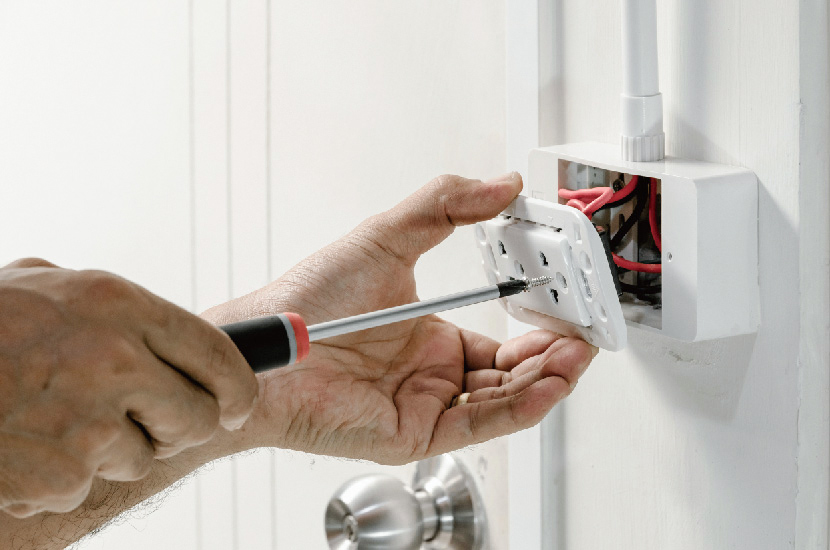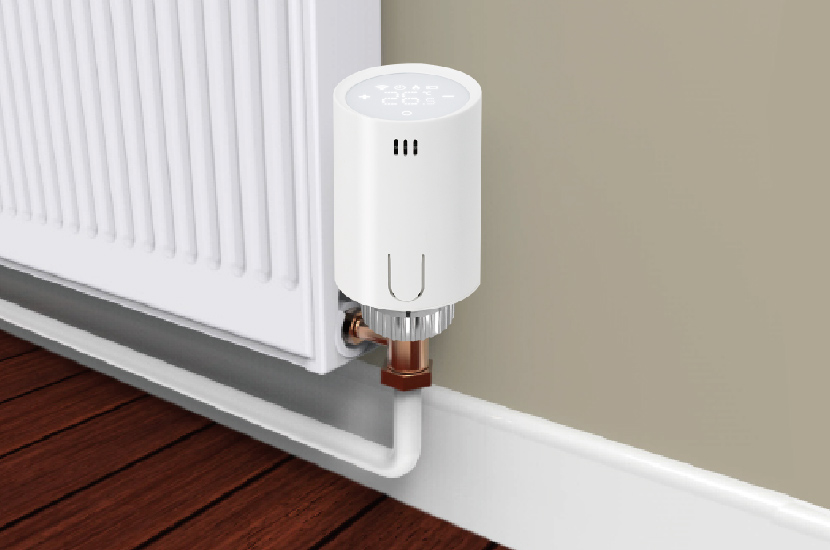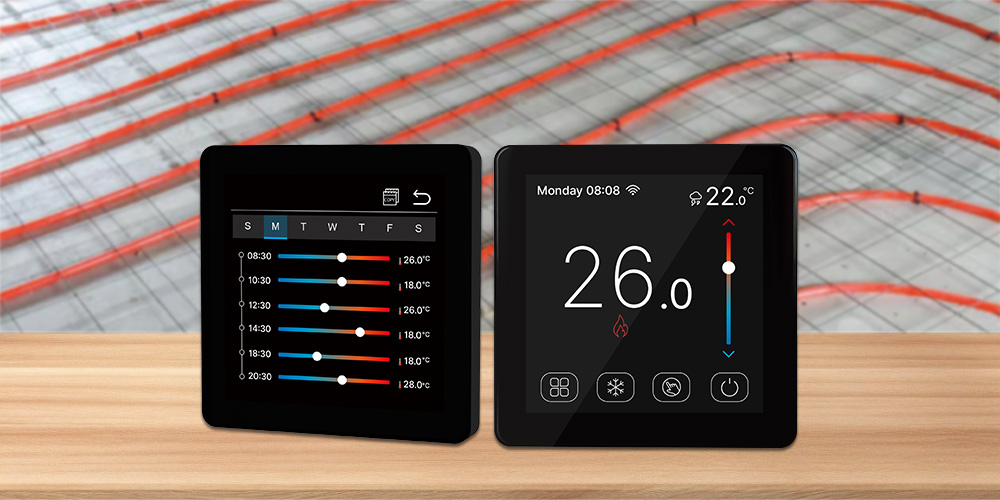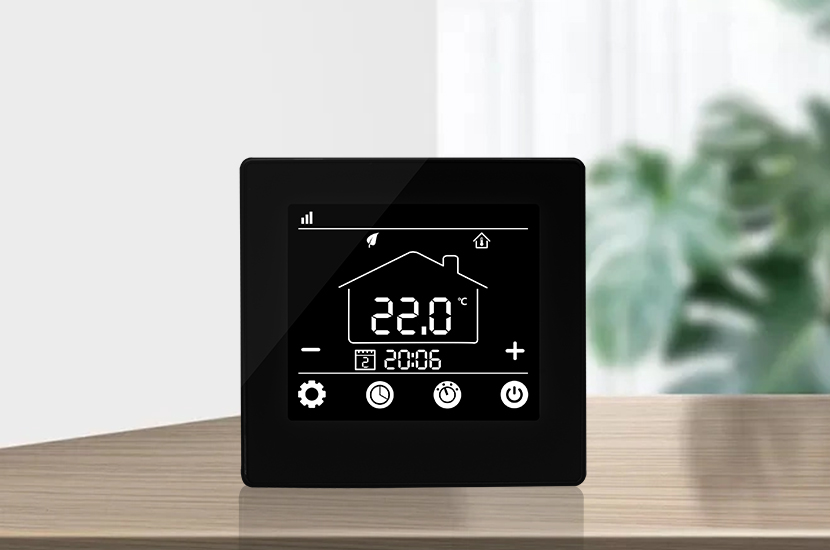Featured articles
More from the category
How to Clean and Calibrate a Boiler Thermostat
05/19/2025
In the cold season, the boiler thermostat is the core component for regulating indoor temperature. Its accuracy and cleanliness directly affect the heating effect and energy consumption. Mastering the methods of cleaning and calibrating the thermostat can not only ensure comfortable heating, but also save energy expenses. The following is a detailed introduction to the specific operation steps.

Boiler thermostat cleaning and calibration strategy: make heating more accurate and energy-saving
In winter heating, the boiler thermostat is like a precise “temperature commander”. Once it “strikes” or “commands incorrectly”, not only will the indoor warmth be greatly reduced, but it may also cause energy waste. Learning to properly clean and calibrate the boiler thermostat can make heating both comfortable and energy-saving.
Cleaning: Remove dust and ensure operation
Be sure to disconnect the thermostat power supply before cleaning to ensure safe operation. For exterior cleaning, use a soft and dry rag to gently wipe the surface to remove dust and stains; if the stains are stubborn, dip the rag in a small amount of neutral detergent and wring it out, then wipe the residual detergent with a clean wet cloth.
Open the thermostat housing (if disassembly conditions are available, refer to the product manual for operation), and be extra careful when cleaning the interior. Use a soft brush or a small hair dryer (cold air setting) to gently remove internal dust, and avoid using a wet cloth to prevent moisture from entering and causing a short circuit. Pay attention to cleaning the surface of the sensor, because it directly affects temperature sensing. If there is dirt attached, it will cause temperature detection deviation. After cleaning, install the housing as it is and turn on the power.
Calibration: Precise adjustment, warm and controllable
Thermostat calibration is generally performed when the temperature display is found to be inaccurate or the heating effect is not good. Prepare an accurate thermometer and place it near the thermostat (about 30-50 cm away and in a place with indoor air circulation), let it stand for 15-20 minutes, wait for the thermometer reading to stabilize, and record the temperature at this time.
Check the temperature displayed on the thermostat. If the difference between the two is within ±1℃, the thermostat is basically normal; if the difference is large, it needs to be calibrated. The calibration methods of different types of thermostats are slightly different.
Mechanical thermostat calibration is mostly achieved by adjusting the internal calibration screw. After opening the housing, find the calibration screw and use a suitable screwdriver to slowly rotate it. If the temperature displayed on the thermostat is higher than the actual temperature, turn the screw counterclockwise to lower the set temperature; otherwise, turn it clockwise to raise the set temperature. The adjustment range should not be too large each time. Wait for a few minutes after adjustment, observe the changes in the thermometer and thermostat indications, and repeat the operation until the two temperatures are close.
Electronic thermostat calibration is usually completed in the settings menu. Press the menu key to enter the settings interface, find the “calibration” or “temperature compensation” option, and set the positive and negative temperature compensation according to the difference between the actual temperature and the displayed temperature according to the operating prompts. After the settings are completed, save and exit, compare the temperature displayed on the thermometer and thermostat again, and fine-tune again if necessary.
Regular cleaning and calibration of the boiler thermostat can keep it in the best working condition at all times and create a comfortable and warm living environment for us. It is recommended to clean it once a quarter and calibrate it at least once a year. If the thermostat is found to be abnormal, it should be checked and maintained in time.
